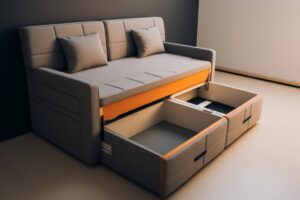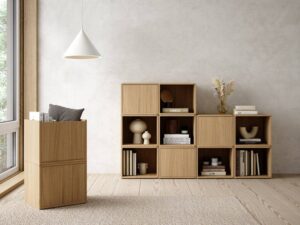The Interior Design Blog
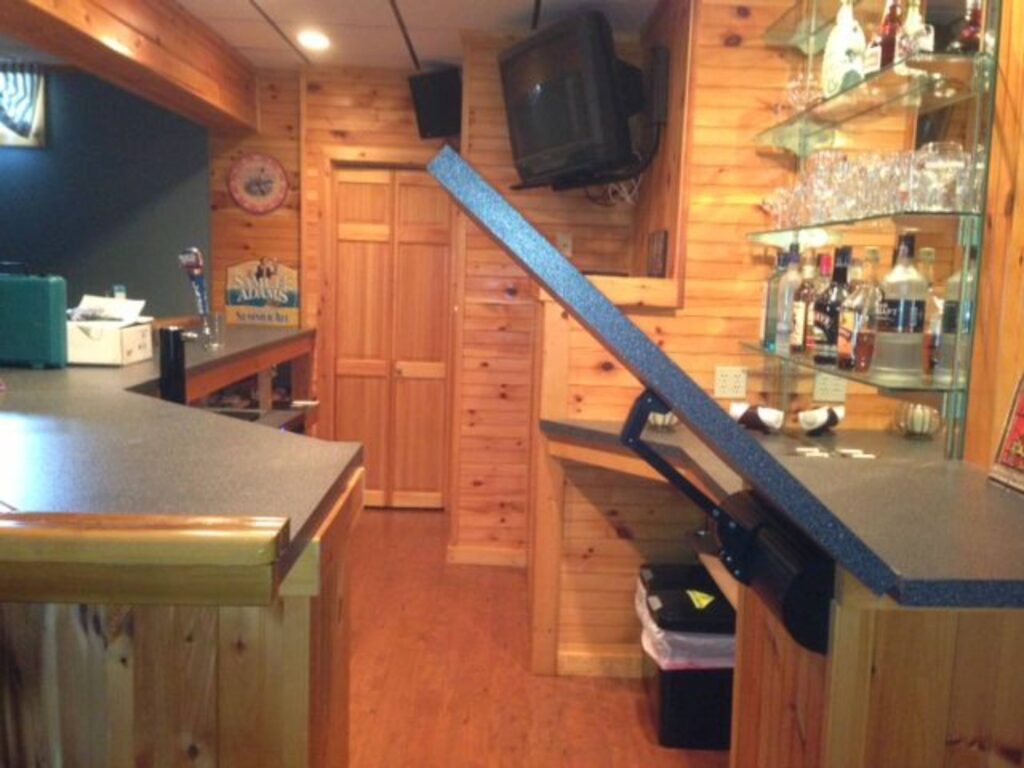
The Magic of Lift-Up Countertops & Panels
Ever feel like your home has a secret layer of potential that’s just waiting to be discovered? If you’ve been trying to maximise every square inch in a small kitchen or multi-use space, lift-up countertops and panels might just be your new best friends. These clever solutions add storage where you least expect it — under surfaces you already use daily.
Lift-up mechanisms have come a long way from industrial or bulky designs. Today’s options are sleek, discreet, and incredibly versatile. Whether you’re living in a compact flat or simply want to bring order to a clutter-prone area, lift-up countertops and panels offer a modern, functional, and space-saving approach.
In this blog, we’ll explore how these innovations work, their most creative applications, and how you can integrate them beautifully into your home. By the end, you’ll not only see the hidden possibilities behind your worktops — you’ll be ready to lift the lid on your home’s full potential.
What Are Lift-Up Countertops and Panels?
Lift-up countertops and panels are hinged or gas-lift mechanisms that allow a flat surface, such as a kitchen counter, desk, or table, to be raised or flipped to reveal hidden storage beneath. They can also fold up vertically to expose wall-mounted racks or recessed compartments.
Common Types of Lift-Up Surfaces:
- Hinged Worktops: Raise to reveal cubbies, bins or tool slots.
- Floating Panels: Disguised as part of a wall, they pivot open for access.
- Multi-Layered Countertops: Secondary tier lifts up for added storage or function.
- Flip-Up Wall Panels: Often used in kitchens or living rooms to conceal shelves or media equipment.
These aren’t just gimmicks. Properly integrated, they can transform how you use your space — offering you convenience, privacy, and tidiness all in one swift motion.
Why Lift-Up Designs Are Perfect for Small Kitchens
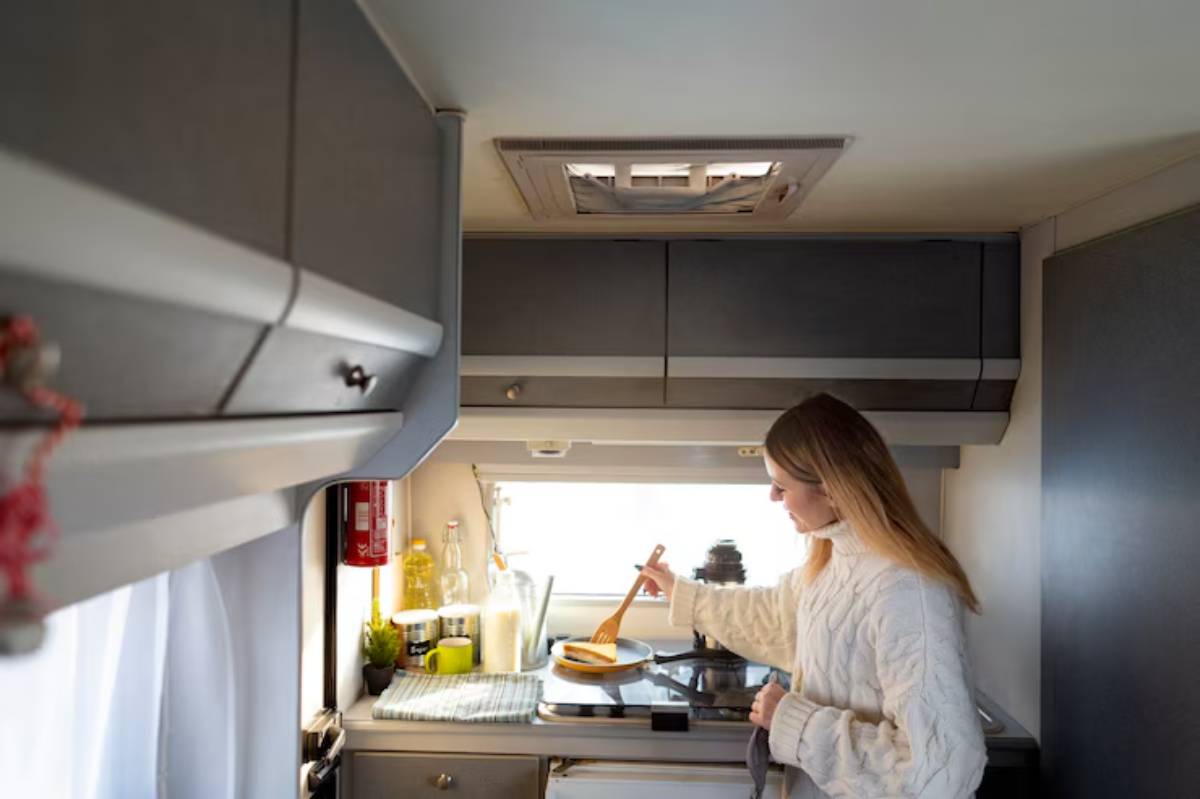
For those of us with galley kitchens or studio flats, every square centimetre counts. Standard cupboards or open shelving might not fit the bill, but lift-up panels offer concealed storage that blends seamlessly with your space.
Here’s why they’re brilliant for compact kitchens:
- They double your prep space: Use the main counter for cooking and lift up a section to access cutlery, spices, or a hidden chopping board.
- They hide visual clutter: Keep unsightly appliances or messy drawers out of sight until needed.
- They act as dual-purpose stations: Use them as dining counters by day, laptop nooks by night.
Imagine lifting a corner of your worktop to access your compost bin, a tucked-away spice rack, or even a pull-out breakfast bar. It’s a clean, clever design move that helps you streamline your routine and enjoy a more open, minimalist feel.
Best Use Cases for Lift-Up Panels at Home
1. Kitchen Islands with Secret Storage
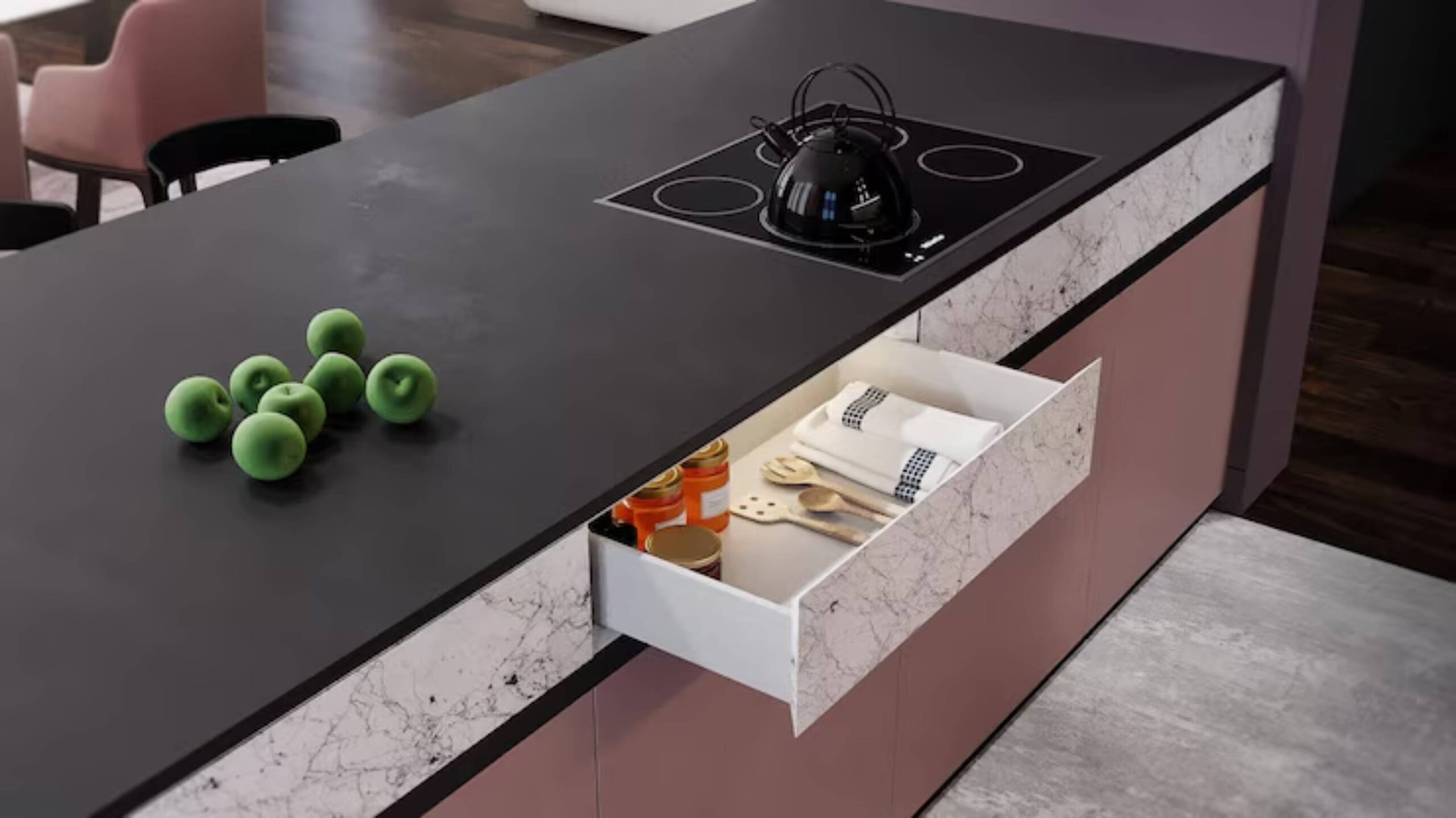
Lift-up surfaces on islands can store bulk pantry items, rarely-used baking tools, or even a wine rack underneath. You preserve your worktop while gaining function in the base.
2. Built-In Laundry Hampers
Integrated into bathroom or bedroom countertops, these are ideal for hiding dirty laundry, particularly helpful in shared homes or tight urban flats.
3. Home Office Desks with Pop-Up Tech
Need a clean desk aesthetic? Use lift-up panels to store chargers, keyboards, hard drives, or even monitor risers when not in use.
4. Children’s Rooms with Hidden Toy Panels
Avoid the daily toy chaos by incorporating a lift-up play table or under-bed platform that hides entire LEGO sets and colouring kits when playtime is over.
5. Lift-Up Dining Buffets
A modern alternative to bulky hutches: conceal crockery or barware under a lift-up dining console, perfect for dinner parties or multi-functional rooms.
If you’re working with unusual corners or limited floorspace, you might also enjoy exploring how to create storage in awkward and oddly shaped spaces—many of the same design principles apply.
Safety Considerations: Making It Functional and Secure
If you’re installing lift-up countertops or vertical panels at home, especially in kitchens or kids’ rooms, safety is paramount.
Here’s what to keep in mind:
- Use soft-close or hydraulic hinges to prevent sudden slams.
- Install child-safe locks or triggers if storing hazardous items like knives or cleaning supplies.
- Ensure proper wall bracing for panels that mount vertically or fold outwards.
- Test weight loads to avoid warping over time — this is especially crucial in older kitchens with wood bases.
For added stability and to match your design vision, consider working with a professional joiner who understands space-saving systems. Functionality should always be as dependable as the storage it supports.
Lift-Up vs Pull-Out: Which Is Better?
Lift-up storage isn’t your only option. So, how does it compare to pull-out drawers or sliding mechanisms?
| Feature | Lift-Up Panels | Pull-Out Drawers |
| Space Efficiency | Excellent for tight vertical spaces | Better in wider layouts |
| Visual Clarity | Keeps surfaces clean and uninterrupted | May require visible handles |
| Ease of Access | Great for occasional use items | Ideal for daily-use storage |
| Style Factor | Sleek and minimalistic | More traditional or modular |
Ultimately, both approaches can be beautifully complementary. A kitchen or living room might feature lift-up compartments for concealed items alongside drawers for more frequent essentials. If you’re designing for vertical optimisation, you’ll also appreciate our piece on garage-style ceiling racks for apartments.
Design Ideas That Maximise Lift-Up Appeal
A lift-up mechanism is only half the charm. The real impact comes from how you style it.
Here are a few ideas to inspire your storage transformation:
Texture Pairings
- Matte black or brass hinges with oak or walnut wood for a warm, modern look.
- Glass-fronted lift-up doors that let you display what’s inside — think cookbooks or curated glassware.
Colour Coordination
- Match the lift-up panel finish to your splashback or cabinetry to create a seamless look.
- For contrast, go two-tone — such as white marble counters with a walnut lift-up insert.
Functional Extras
- Add soft LED strip lighting inside the hidden compartment.
- Include customised dividers or inserts to prevent clutter pile-up.
The key is balancing aesthetic minimalism with interior organisation, both hidden and harmonious.
Conclusion: Surface Deep? Not Quite.
Lift-up countertops and panels aren’t just for show — they represent a shift in how we use space. Instead of expanding outwards, we’re learning to think vertically, compartmentally, and creatively. Whether you’re building a capsule kitchen, upgrading a multi-functional living area, or simply craving less visual chaos, these features offer a compelling way to do more with less.
Their charm lies in their duality — a surface when you need it, a secret when you don’t. And in a world that feels increasingly crowded, this kind of adaptable design feels not just smart, but essential.
Ready to upgrade your space? Start small. Add one lift-up feature to your home — maybe a hidden coffee nook, a pop-up bar shelf, or a tidy tech bench. You might be surprised by just how much it transforms your day-to-day.



